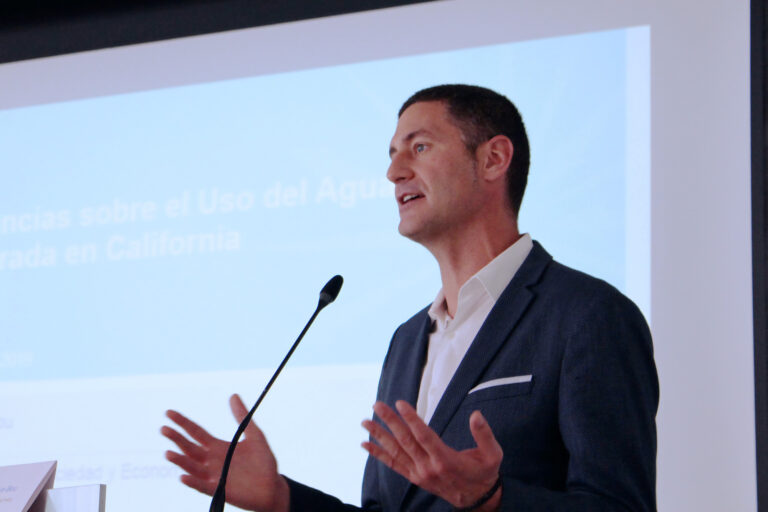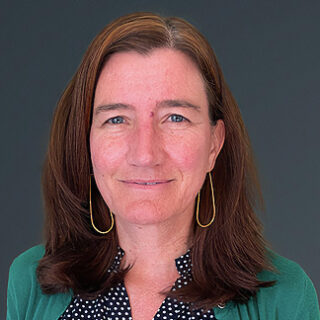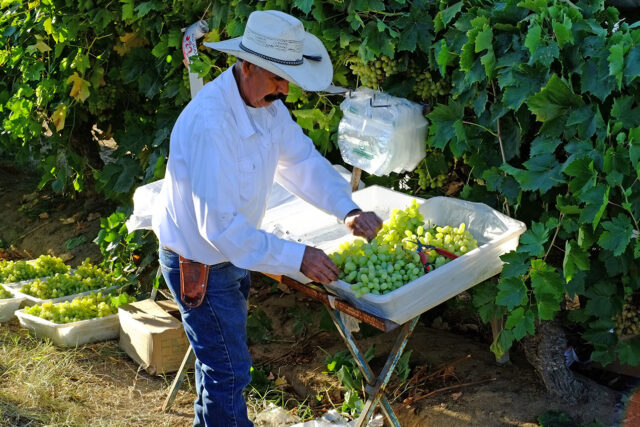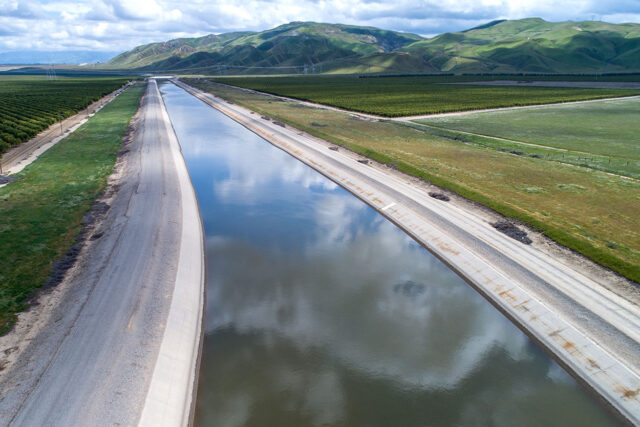In over seven years at the PPIC Water Policy Center, senior fellow Alvar Escriva-Bou has contributed enormously to the center’s research, tackling complex subjects with energy and enthusiasm. Now, he’s moving on to a new challenge: he’s accepted a joint appointment at UCLA’s Civil and Environmental Engineering Department and its Institute of the Environment and Sustainability. Alvar is an excellent researcher, a treasured colleague, and a good friend, and we’re excited that he’ll remain an active research partner. We asked him to reflect a little bit about his time at the center before he leaves.
What have you learned at PPIC?

I’ve learned so much. One of the most important things I’ve learned here is that there is a real need for organizations that care about translating science into policy action. Often there are no incentives for academics to work at the interface between science and policy, although some are great at it. At PPIC we intentionally work in that space. We help academics put out their messages, and we help policymakers understand complicated scientific terms and issues. We are also a useful resource for the broader public and the media, because we can simplify complex issues in fact sheets and blogs.
So, an important lesson I’ve learned here is that communication really matters. When I give talks to students, I say that policymakers don’t read journal articles—and it’s true. Most don’t. If you really want to make an impact, you have to get to know your audience, and learn to communicate well through other channels. And it’s not easy—I still have a lot to learn.
I’ve also learned how important it is to be connected with the communities you work with, as well as with local and state leaders, and to understand the complexities of policymaking. Becoming a trusted partner is key, and it goes both ways—sometimes you come to a place like the San Joaquin Valley and you have an idea about what’s going on there, but you need people’s input to ask and address the right questions. And it becomes a synergistic partnership: sometimes we have the information they need, and other times, they become the champions of our findings.
What were you surprised by?
I was maybe surprised by how many great people are working on water and environmental issues in California, and how easy it is to connect with others and to learn from them. I’ll be honest, I have always been surprised by how many people are interested in what we have to say, and also glad about all the feedback we receive.
What are you most proud of?
I am really proud of all the work we’ve done in the San Joaquin Valley. I think we have moved the needle on a really important issue. Ten years ago, nobody wanted to talk about groundwater regulation in California. Then the Sustainable Groundwater Management Act was passed in 2014, and soon afterwards we started doing a lot of work on it, in partnership with various stakeholders and organizations in the valley. We released findings that were challenging for the valley—like the estimate that 500,000 acres of farmland would need to come out of irrigated production.
We helped launch a conversation that was really uncomfortable for many. But it was necessary, and we tried to focus on constructive opportunities. We’ve showed that it’s possible to transition to groundwater sustainability in a way that allows agriculture to continue to thrive in the valley. Over time, a lot has changed. There is public acceptance of the reality of overdraft, and people are taking steps to achieve sustainability. Of course, these are still early days, but the work we’ve done, along with the work of others, has helped move things forward.
What are you doing next?
I’ll keep working on California’s transition to sustainability. There are two relationships that I am really interested in exploring further. First, the relationship between water and food: we need to feed a growing global population, but we must do it in a sustainable manner, and California’s agriculture can be an example for the world. The second is the link between water and energy. It’s key to explore sustainable ways to maintain water resilience, while reducing energy use and greenhouse gas emissions. Southern California’s cities are a great lab for looking at these issues.
I also want to broaden my scope. In particular, I’d like to work on understanding the impacts of Colorado River shortages—considering how to better integrate the management of this system with the rest of California’s water system, to increase resilience across the Southwest.
And finally, I hope to do more work on international issues. Many places in the world are experiencing similar water scarcity and groundwater problems. Combining knowledge from California with lessons from other countries can help us successfully transition to sustainable water, energy, and food systems here, nationally, and globally.




